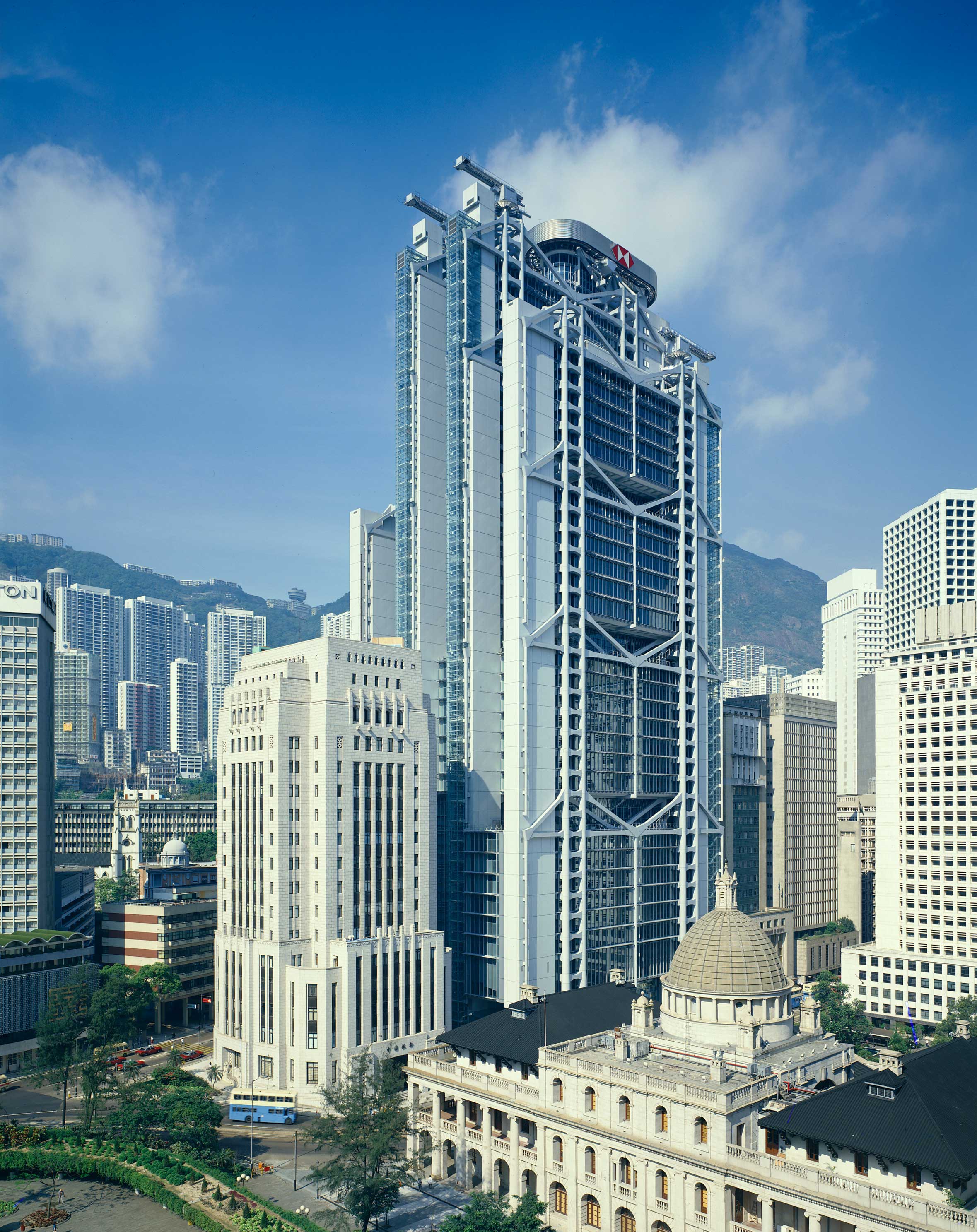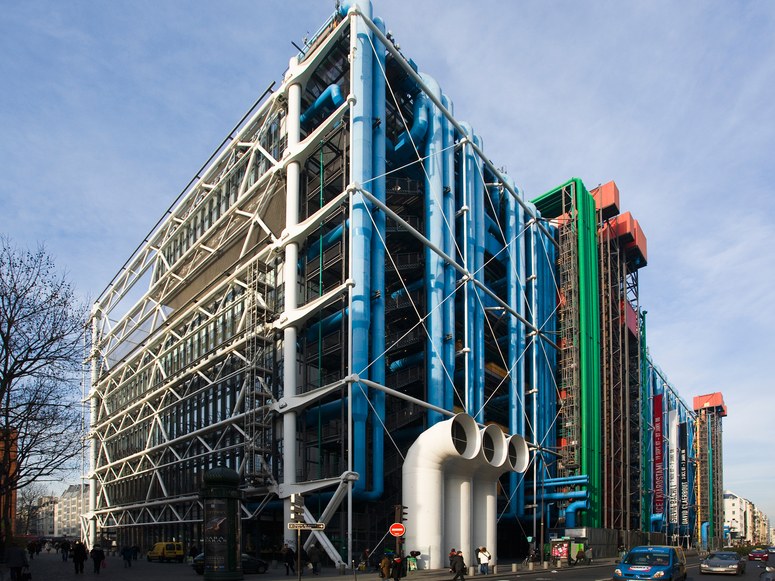Exoskeleton
Contents[hide] |
[edit] Introduction
Very broadly, the term 'exoskeleton' refers to an external skeleton. In its traditional application, it describes the hard covering found on certain types of animals. It is also used to describe a wearable powered suit (or exosuit) that can be adapted as a mobile machine for industrial or medical purposes, and in relation to some built structures.
[edit] Exosuits and construction
As an exosuit, exoskeletons made from metal and outfitted with motorised “muscles” give wearers robotic strength. This innovation is already being used to help people with disabilities walk independently. It is also being tested on construction workers as a way to help them lift and move heavy objects without causing injury.
[edit] Exoskeletons and architecture
By picking up on the term’s connection with nature, exoskeleton buildings display a sense of biomimicry. In nature, the exoskeleton is an animal’s external armour that protects its internal systems. An exoskeleton serves a similar function in architecture. The building’s exoskeleton performs certain roles - ranging from structural to thermal - while protecting and supporting its internal systems.
In architectural and engineering applications, an exoskeleton approach is sometimes used for skyscrapers. It is a construction approach that places key components of a building on the exterior of the structure.
Instead of being covered by cladding or other surface materials, an exposed exoskeleton showcases the technical aspects of the building by putting them on display. In some instances, mechanical and engineering systems are incorporated into the exoskeleton.
One of the advantages of an exoskeleton is that it can free up interior space that would otherwise be required for columns and other structural supports. This creates an extremely flexible floorplan that can be easily adapted. Placing bracing and trusses on the outside of the building can also create an innovative and industrial aesthetic effect.
However, it can create complex exteriors that are difficult to clean and maintain.

|

|
| Lloyd's of London | HSBC Hong Kong |
[edit] Related articles on Designing Buildings
Featured articles and news
Gregor Harvie argues that AI is state-sanctioned theft of IP.
Many resources for visitors aswell as new features for members.
Using technology to empower communities
The Community data platform; capturing the DNA of a place and fostering participation, for better design.
Heat pump and wind turbine sound calculations for PDRs
MCS publish updated sound calculation standards for permitted development installations.
Homes England creates largest housing-led site in the North
Successful, 34 hectare land acquisition with the residential allocation now completed.
Scottish apprenticeship training proposals
General support although better accountability and transparency is sought.
The history of building regulations
A story of belated action in response to crisis.
Moisture, fire safety and emerging trends in living walls
How wet is your wall?
Current policy explained and newly published consultation by the UK and Welsh Governments.
British architecture 1919–39. Book review.
Conservation of listed prefabs in Moseley.
Energy industry calls for urgent reform.
Heritage staff wellbeing at work survey.
A five minute introduction.
50th Golden anniversary ECA Edmundson apprentice award
Showcasing the very best electrotechnical and engineering services for half a century.
Welsh government consults on HRBs and reg changes
Seeking feedback on a new regulatory regime and a broad range of issues.
CIOB Client Guide (2nd edition) March 2025
Free download covering statutory dutyholder roles under the Building Safety Act and much more.


























Comments